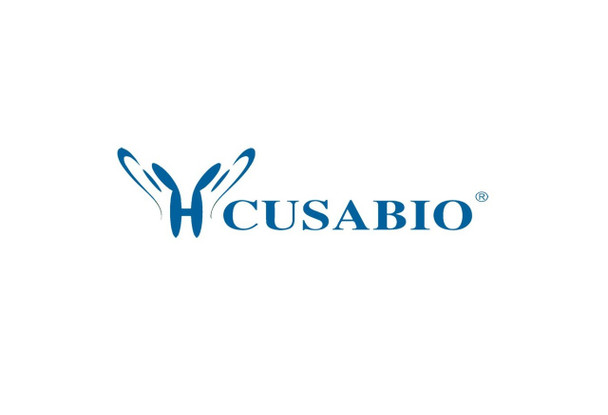Cusabio Human Recombinants
Recombinant Human N-acetyl-D-glucosamine kinase (NAGK) | CSB-EP883457HU
- SKU:
- CSB-EP883457HU
- Availability:
- 13 - 23 Working Days
Description
Recombinant Human N-acetyl-D-glucosamine kinase (NAGK) | CSB-EP883457HU | Cusabio
Alternative Name(s): GlcNAc kinase
Gene Names: NAGK
Research Areas: Signal Transduction
Organism: Homo sapiens (Human)
AA Sequence: AAIYGGVEGGGTRSEVLLVSEDGKILAEADGLSTNHWLIGTDKCVERINEMVNRAKRKAGVDPLVPLRSLGLSLSGGDQEDAGRILIEELRDRFPYLSESYLITTDAAGSIATATPDGGVVLISGTGSNCRLINPDGSESGCGGWGHMMGDEGSAYWIAHQAVKIVFDSIDNLEAAPHDIGYVKQAMFHYFQVPDRLGILTHLYRDFDKCRFAGFCRKIAEGAQQGDPLSRYIFRKAGEMLGRHIVAVLPEIDPVLFQGKIGLPILCVGSVWKSWELLKEGFLLALTQGREIQAQNFFSSFTLMKLRHSSALGGASLGARHIGHLLPMDYSANAIAFYSYTFS
Source: E.coli
Tag Info: N-terminal 6xHis-SUMO-tagged
Expression Region: 2-344aa
Sequence Info: Full Length of Mature Protein
MW: 53.2 kDa
Purity: Greater than 90% as determined by SDS-PAGE.
Relevance: Converts endogenous N-acetylglucosamine (GlcNAc), a major component of complex carbohydrates, from lysosomal degradation or nutritional sources into GlcNAc 6-phosphate. Involved in the N-glycolylneuraminic acid (Neu5Gc) degradation pathway: although human is not able to catalyze formation of Neu5Gc due to the inactive CMAHP enzyme, Neu5Gc is present in food and must be degraded. Also has ManNAc kinase activity.
Reference: Molecular cloning and characterization of murine and human N-acetylglucosamine kinase.Hinderlich S., Berger M., Schwarzkopf M., Effertz K., Reutter W.Eur. J. Biochem. 267:3301-3308(2000)
Storage: The shelf life is related to many factors, storage state, buffer ingredients, storage temperature and the stability of the protein itself. Generally, the shelf life of liquid form is 6 months at -20?/-80?. The shelf life of lyophilized form is 12 months at -20?/-80?.
Notes: Repeated freezing and thawing is not recommended. Store working aliquots at 4? for up to one week.
Function: Converts endogenous N-acetylglucosamine (GlcNAc), a major component of complex carbohydrates, from lysosomal degradation or nutritional sources into GlcNAc 6-phosphate. Involved in the N-glycolylneuraminic acid (Neu5Gc) degradation pathway
Involvement in disease:
Subcellular Location:
Protein Families: Eukaryotic-type N-acetylglucosamine kinase family
Tissue Specificity: Ubiquitous.
Paythway:
Form: Liquid or Lyophilized powder
Buffer: If the delivery form is liquid, the default storage buffer is Tris/PBS-based buffer, 5%-50% glycerol. If the delivery form is lyophilized powder, the buffer before lyophilization is Tris/PBS-based buffer, 6% Trehalose, pH 8.0.
Reconstitution: We recommend that this vial be briefly centrifuged prior to opening to bring the contents to the bottom. Please reconstitute protein in deionized sterile water to a concentration of 0.1-1.0 mg/mL.We recommend to add 5-50% of glycerol (final concentration) and aliquot for long-term storage at -20?/-80?. Our default final concentration of glycerol is 50%. Customers could use it as reference.
Uniprot ID: Q9UJ70
HGNC Database Link: HGNC
UniGene Database Link: UniGene
KEGG Database Link: KEGG
STRING Database Link: STRING
OMIM Database Link: OMIM









